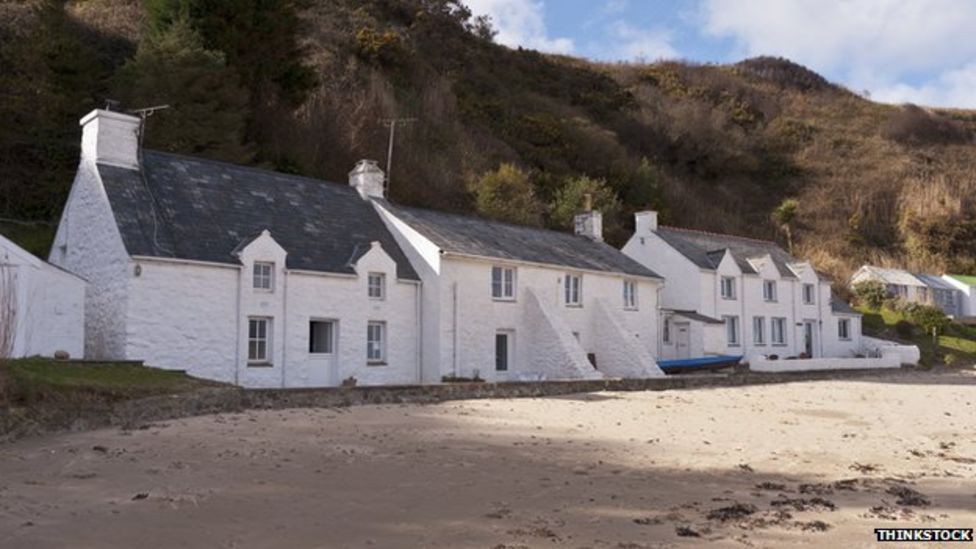
The number of homes being sold in England and Wales has fallen significantly, according to figures from the Land Registry.
In May this year, there were 65,619 transactions in total, a 15% fall on the same month in 2014.
However, prices in some property hotspots are still rising by up to 13% a year, due to lack of supply.
The number of homes being sold for more than a million pounds dropped dramatically - down by 21%.
The Land Registry figures include cash sales, as well as properties bought with mortgages.
Some experts have welcomed what they see as a cooling of the market.
"Normality has returned to the market, with the panic that has driven it in the past no longer present," said Guy Meacock, head of the London office of buying agency Prime Purchase.
"It is more level and sensible, which is good news for buyers."
Price rises
However, the fall in transactions appears to be putting further pressure on house prices.
Earlier this month, the Royal Institution of Chartered Surveyors (Rics) reported that the number of homes for sale was at a record low.
As a result it said demand was outstripping supply, and prices were likely to rise as a result.
The Land Registry has already reported that house prices in England and Wales rose by 4.6% in the year to July 2015.
It also published additional figures on Friday, which showed prices rising steeply in the East of England and on the fringes of London.
| Property Hotspots: London commuter towns | ||
|---|---|---|
| Monthly rise in July | Annual rise July 2015 v July 2014 | |
| Reading | 0.5% | 13.6% |
| Slough | 2.2% | 11.6% |
| Thurrock | 2.3% | 11.4% |
| Luton | 2.0% | 11.0% |
| Windsor and Maidenhead | 0.6% | 11.0% |
| Hertfordshire | 1.1% |
10.7% |
| source: Land Registry | ||
Prices in Cambridgeshire and East Anglia jumped by 2.8% during July alone.
Many of the London suburbs - and commuter towns nearby - saw price rises of more than 10% over the last year.
In Reading, Berkshire, prices rose by 13.6% in the 12 months to July.
But property values in north-eastern England continued to fall sharply.
In Darlington, County Durham, they fell by 5.4% over the year, and 2% in July alone.
The steepest fall was in Pembrokeshire in West Wales, where prices fell by 5.2% and 3.2% respectively.
The biggest price jump of all came in the London borough of Hillingdon, where the cost of a home rose by 14.6% over the last year.
In total, 15 outer London boroughs saw rises of more than 10%.
At the same time, areas of central London saw much slower increases. In Camden, annual prices went up by just 0.1%. In Hammersmith and Fulham, prices rose by 0.9%.
One reason for the slowdown in central London may be the change to stamp duty rates last December, which made it more expensive to buy any house worth more than £937,500.
Between May 2014 and May 2015, there were 26% fewer homes sold in London that were worth more than £1m, according to the Land Registry.

